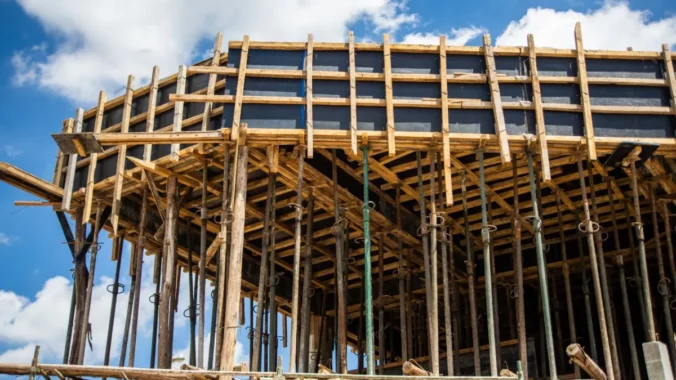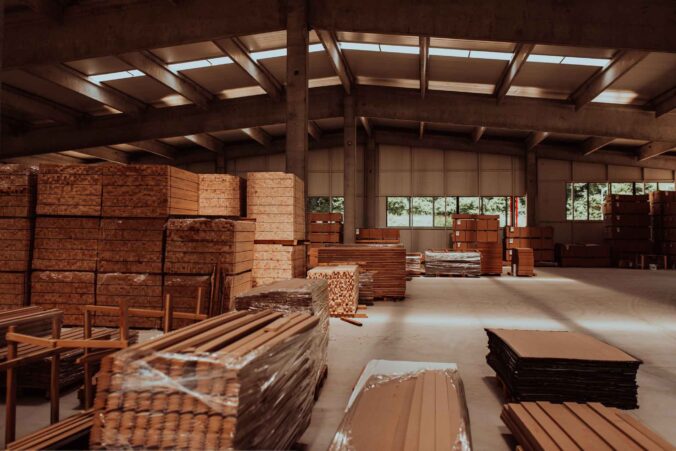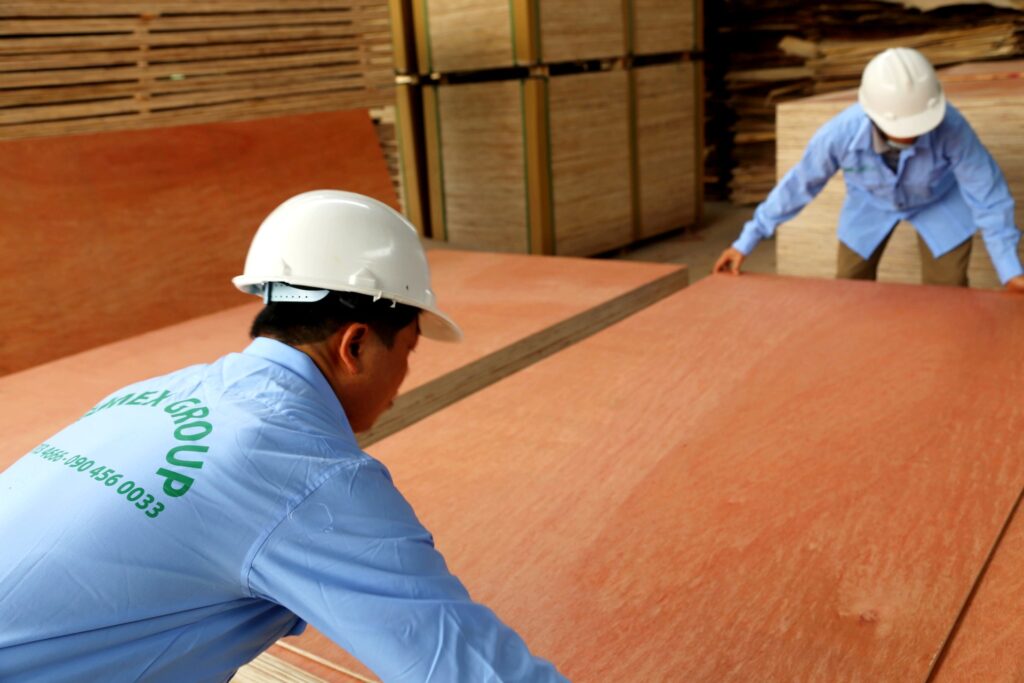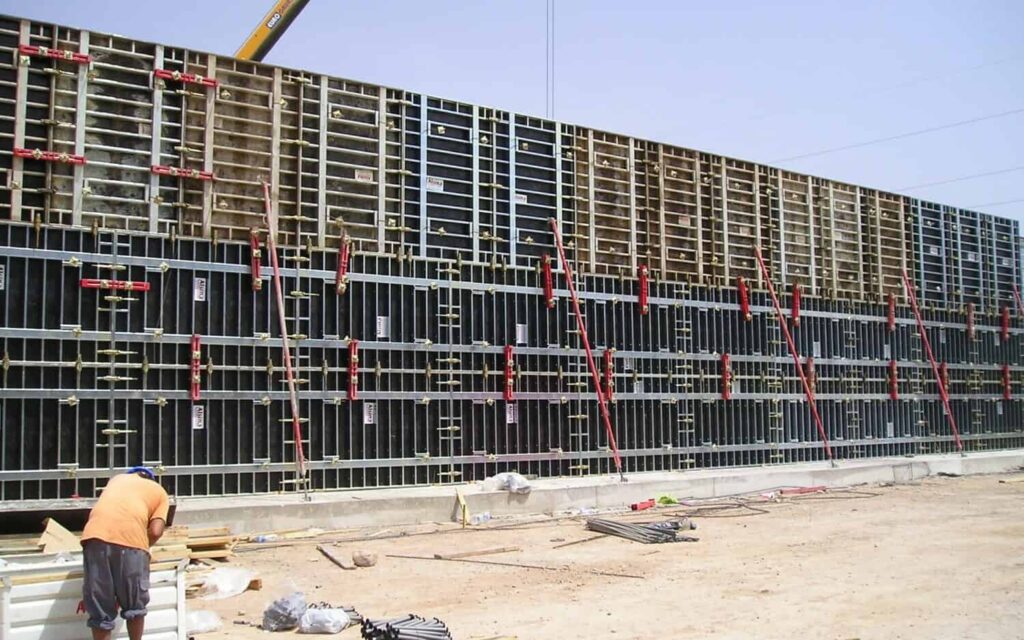Formwork plywood plays a crucial role in the construction industry. It provides structural support and acts as a mold or casing for concrete during the construction process. In this article, we will delve into the benefits of using formwork plywood, its various types, its role in construction, advantages it offers, how to choose the right one for your project, and the future trends in its use.
Defining Formwork Plywood
Formwork plywood is a type of plywood specifically designed for use in concrete formwork systems. It is made from high-quality wood veneers bonded together with durable adhesives. This combination provides the necessary strength, stability, and durability required to withstand the pressures and forces of the concrete pouring process.
Plywood formwork plays a crucial role in ensuring the structural integrity and quality of concrete construction projects. Its ability to support the weight of freshly poured concrete and maintain the desired shape and finish makes it an indispensable material in the construction industry.
The Basics of Formwork Plywood
Formwork plywood typically comes in large sheets, which are cut to fit specific formwork configurations. It is available in various thicknesses, allowing for customization based on the construction requirements. The plywood’s surface is smooth, ensuring a clean finish on the concrete surface once the formwork is removed.
Moreover, formwork plywood is known for its ease of handling and installation, making it a preferred choice for contractors and builders looking to streamline the construction process. Its lightweight nature facilitates quick assembly and disassembly, contributing to overall project efficiency and cost-effectiveness.

Different Types of Formwork Plywood
There are several types of formwork plywood available, each catering to different construction needs. Marine plywood, for example, offers enhanced moisture resistance, making it ideal for projects in humid or wet environments. High-density overlay (HDO) plywood has a resin-infused overlay that provides superior durability and resistance to wear and tear.
Another popular type of formwork plywood is phenolic film-faced plywood, which features a phenolic film coating that enhances its surface durability and water resistance. This type of plywood is well-suited for repetitive use in formwork applications where a smooth concrete finish is desired. Additionally, phenolic film-faced plywood is known for its high chemical and abrasion resistance, making it a reliable choice for demanding construction projects.
The Role of Formwork Plywood in Construction
Formwork plywood plays a vital role in both building structures and infrastructure projects. Its versatility and durability make it an essential material in the construction industry.
Read more: Formwork Plywood Essential Guide for Your Construction Needs
Formwork Plywood in Building Structures
When constructing buildings, formwork plywood is used to create temporary molds for concrete walls, columns, slabs, and beams. It provides the necessary support and shape retention while the concrete cures and gains strength. The plywood’s smooth surface ensures a uniformly smooth finish on the concrete surfaces, enhancing the aesthetic appeal of the structure. Additionally, formwork plywood comes in various thicknesses and sizes, allowing builders to customize the molds according to the specific design requirements of the project.
Formwork Plywood in Infrastructure Projects
In infrastructure projects like bridges, tunnels, and dams, formwork plywood is essential for creating large-scale concrete structures. It allows for complex formwork configurations, enabling engineers to design intricate shapes and curves in the concrete elements. The strength and stability of formwork plywood are crucial in supporting the weight of heavy concrete pours in these massive projects. Furthermore, formwork plywood is reusable, making it a cost-effective and sustainable choice for construction companies working on infrastructure developments.
Advantages of Using Formwork Plywood
The use of formwork plywood offers several advantages that make it a popular choice in the construction industry.
Formwork plywood is not only a versatile material but also a sustainable one. Its ability to be reused multiple times reduces the demand for new materials, making it an eco-friendly option for construction projects. By choosing formwork plywood, builders can contribute to reducing waste and promoting a more sustainable building industry.
Durability and Strength of Formwork Plywood
Formwork plywood is engineered to withstand the heavy loads and pressures exerted during the concrete pouring process. It is strong, stable, and resistant to warping or damage, ensuring long-lasting performance on construction sites.
Moreover, the durability of formwork plywood extends its lifespan, making it a reliable choice for projects that require multiple uses. Its ability to maintain structural integrity even under challenging conditions ensures that construction processes can proceed smoothly without concerns about material failure.
Cost-effectiveness of Formwork Plywood
Formwork plywood is a cost-effective solution for construction projects. Its reusability reduces the need for frequent replacements, resulting in cost savings over time. Additionally, its smooth surface eliminates the need for extensive finishing work, saving both time and money. Learn more about reusability at https://www.opslevel.com/resources/what-is-code-reuse-and-why-is-it-important
Sustainability Aspects of Formwork Plywood
Many formwork plywood manufacturers prioritize sustainability. They source timber from responsibly managed forests and use eco-friendly adhesives in their production process. This commitment to sustainability ensures minimal environmental impact without compromising on performance.
Furthermore, the sustainable practices employed in the manufacturing of formwork plywood contribute to the preservation of natural resources and support the overall health of forest ecosystems. By choosing formwork plywood from environmentally conscious suppliers, construction companies can align their projects with sustainable principles and reduce their carbon footprint.
Choosing the Right Formwork Plywood for Your Project
Selecting the appropriate formwork plywood for your project requires careful consideration of several factors.
Formwork plywood is a crucial component in construction projects, providing the necessary support for concrete structures during the pouring and setting process. The type of formwork plywood chosen can significantly impact the quality and durability of the final product, making it essential to make an informed decision.
Factors to Consider When Selecting Formwork Plywood
When choosing formwork plywood, consider the project specifications, required load capacity, environmental conditions, and desired surface finish. Consulting with experts or suppliers can help ensure the right plywood is selected for your specific needs.
It’s important to assess the type of formwork system being used in your project, as different systems may require specific plywood types to ensure compatibility and optimal performance. Additionally, considering the number of reuses expected for the plywood can help determine the most cost-effective and durable option for your project.
Tips for Proper Use and Maintenance of Formwork Plywood
To maximize the lifespan and performance of formwork plywood, proper use and maintenance are essential. This includes storing the plywood in a dry area, avoiding exposure to excessive moisture or direct sunlight, and cleaning and repairing any damage before reuse.
Regular inspection of the formwork plywood is recommended to identify any signs of wear or damage that could compromise its structural integrity. By promptly addressing any issues and following best practices for handling and storing the plywood, you can ensure its longevity and reliability throughout the duration of your project.
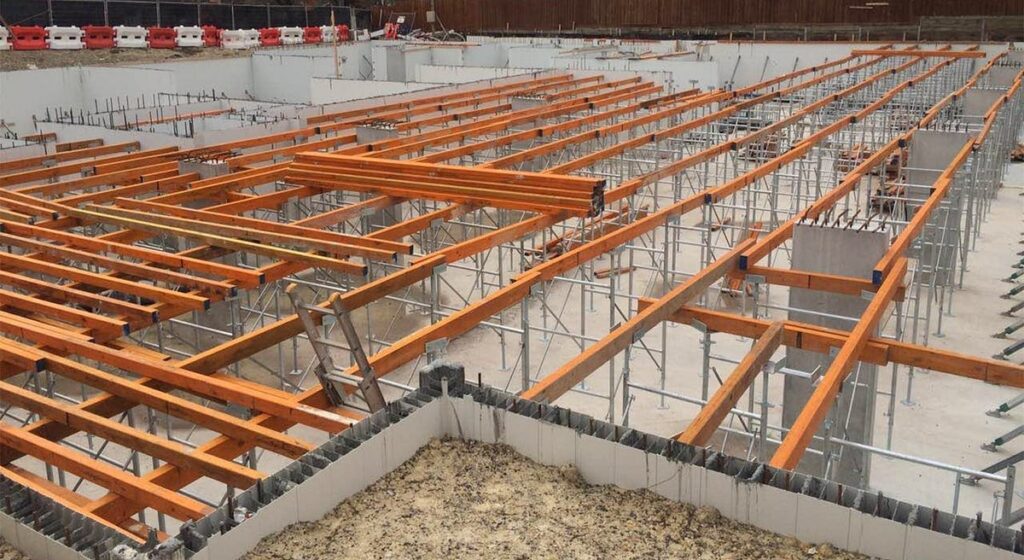
Future Trends in Formwork Plywood Use
The use of formwork plywood is constantly evolving, driven by technological innovations and changing building regulations.
Technological Innovations in Formwork Plywood
New technologies are being developed to improve the performance and efficiency of formwork plywood. This includes the use of advanced coatings for increased durability, integrated sensors for real-time monitoring, and lightweight materials for easier handling.
Furthermore, researchers are exploring the incorporation of nanotechnology in formwork plywood production. By adding nanoparticles to the plywood resin, the material’s strength and resistance to moisture can be significantly enhanced. This innovation not only improves the lifespan of formwork plywood but also reduces the need for frequent replacements, leading to cost savings for construction projects.
Impact of Building Regulations on Formwork Plywood Use
As building regulations evolve to address sustainability and safety concerns, the use of formwork plywood will be influenced. Regulations promoting the use of eco-friendly materials and enforcing stringent quality standards will shape the future of formwork plywood in construction.
In addition, the adoption of digital building codes and standards is expected to impact formwork plywood use. With the integration of Building Information Modeling (BIM) in construction practices, formwork plywood designs can be optimized for efficiency and sustainability. This digital transformation not only streamlines the construction process but also ensures compliance with complex regulatory requirements. Click here to read more about sustainability.
In conclusion, formwork plywood offers numerous benefits in construction, including strength, durability, cost-effectiveness, and sustainability. Understanding the different types of formwork plywood available, its role in construction projects, and how to select and maintain the right one are crucial for successful project execution. As the construction industry continues to evolve, formwork plywood will undoubtedly play a key role in shaping the future of construction practices.
